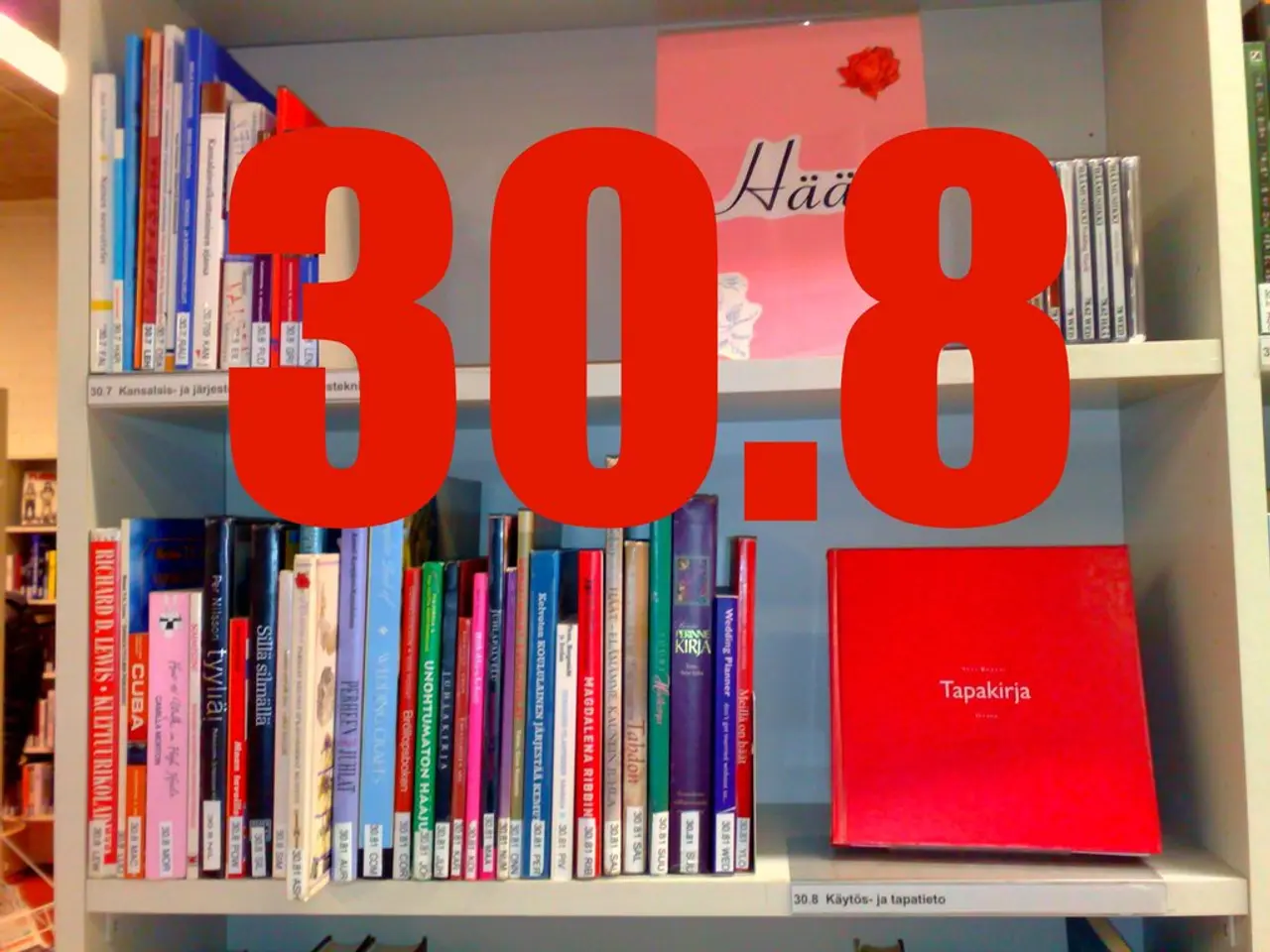Mathematical Patterns Unveiled in Design, from Fibonacci to Fractals
In the realm of art and design, mathematics plays an unexpected yet profound role. Key concepts such as the Fibonacci sequence, golden ratio, polyhedra, and fractals serve as a bridge between the world of numbers and the visual arts.
One of the most intriguing figures to delve into this connection was Albrecht Durer, a renowned German printmaker of the Renaissance. Durer aimed to educate others about perspective and his book, Education on Measurement, extensively discusses polyhedra. Despite some inaccuracies in his theories, Durer's insights on polyhedra and polyhedral nets were particularly valuable.
The Fibonacci sequence, a series of numbers (0, 1, 1, 2, 3, 5, 8, 13, 21, 34, 55), where each number after 0 and 1 is the sum of the two preceding numbers, appears in natural patterns. Artists and designers use this sequence to guide compositions that feel naturally balanced and aesthetically pleasing. The arrangement of sunflower seeds, pinecones, and shells often corresponds to Fibonacci numbers, demonstrating its presence in nature.
The golden ratio, derived from the Fibonacci sequence and approximately equal to 1.618, is a proportion found in nature and classical art. Its irrational number nature creates a sense of harmony and balance that artists apply in design layouts, architecture, and visual arts to create compositions pleasing to the eye.
Polyhedra, three-dimensional geometric solids with flat faces, are used both structurally and decoratively in art and architecture. Their symmetry and form inspire sculptures, architectural designs, and 3D modeling, providing both aesthetic appeal and structural integrity. Salvador Dali's painting of The Last Supper depicts Jesus and his disciples within a dodecahedron, a specific type of polyhedron.
Fractals are complex patterns that repeat at different scales, often found in natural forms like coastlines, clouds, and plants. Artists and designers emulate fractal patterns to create intricate textures and structures in visual art, architecture, and digital design, reflecting the self-similar complexity of nature.
The fractal dimension of subsets, such as tree branches, increases the overall fractal dimension of the main structure. Fractal geometry dimension is a statistical measure of a pattern's complexity, changing with the scale at which the pattern is observed.
Mathematics serves as both a creative inspiration and a practical framework for making visually compelling and structurally sound art and design. Euclidean geometry also underpins this work by offering tools for understanding shapes, symmetry, and spatial relationships fundamental to art, architecture, and design.
Chaos theory, which explains the natural instability or "chaos" in various systems, from atomic particles to the path of asteroids, helps predict future chaos or trace events back before they were observed. Applications of chaos theory include weather forecasting, understanding atomic behaviors, predicting asteroid movements, and defining universal processes.
In conclusion, the interplay between mathematics and art is a fascinating exploration of patterns and principles that pervade both the natural world and human creations. From the intricate patterns of fractals to the harmonious proportions of the golden ratio, these concepts continue to inspire and guide artists and designers in their pursuit of beauty, balance, and functionality.
Technology's advancement in digital design tools allows artists and designers to create intricate patterns inspired by the repetition and self-similar complexity of fractals, as seen in nature. This fusion of technology and education-and-self-development resources enables individuals to emulate such patterns in their own digital art and projects.
In the realm of sports, athletes often employ lifestyle habits that adhere to the golden ratio or Fibonacci sequence. For instance, training sessions, recovery periods, and nutrition plans may be structured according to these mathematical principles, aiming for a balance that enhances performance and overall well-being.







